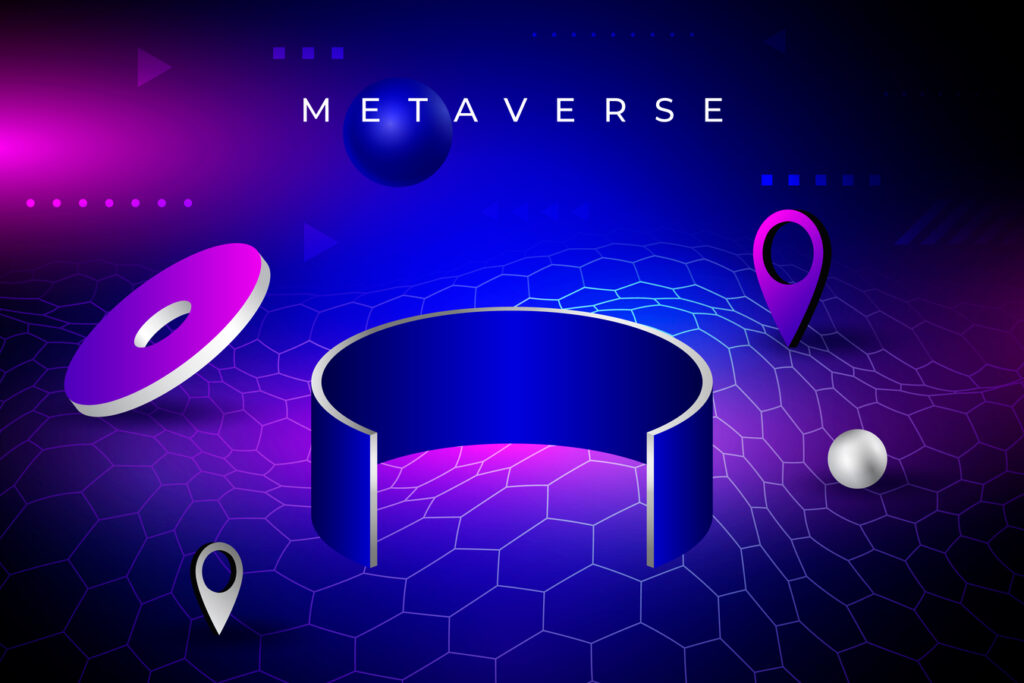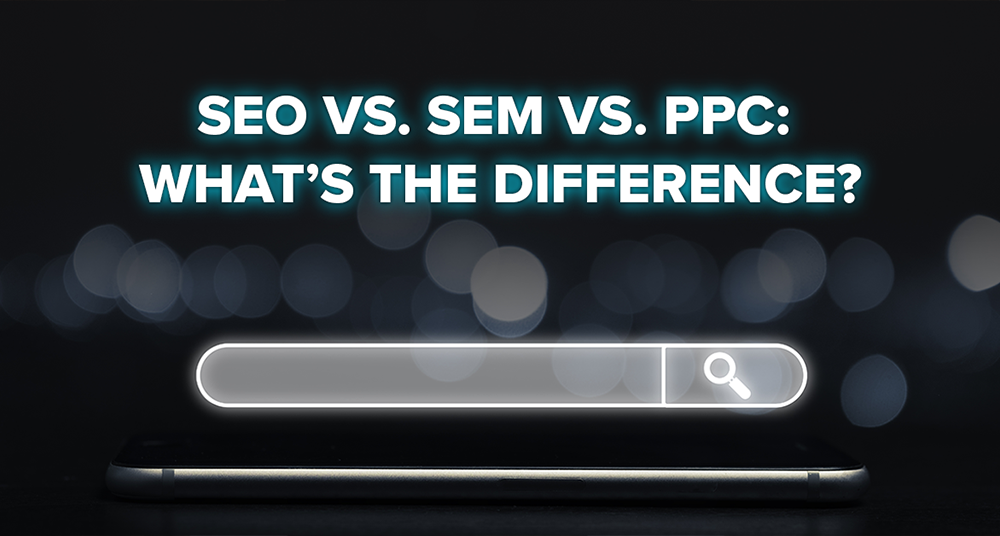If you take a look at how digital media has upended the way marketers communicate with consumers, you can see that technological change tends to create opportunities and challenges for both brands and marketing agencies. Another thing that is obvious is that the evolution of the web is of great importance to the advertising industry, especially considering the fact that as of 2020, more than half of all advertising revenue is spent online.
However, all one seems to see online these days is ‘Metaverse this’, ‘Metaverse that’ and more and more people are calling this the future of the Internet which, naturally, has had a domino effect on the business world and voilà! – Metaverse marketing has been born.
Both Metaverse and Metaverse marketing were among the trends on Twitter this year ever since Facebook’s Mark Zuckerberg’s decision to rebrand his company into Meta, pushing most of us into the era of the new, blended physical and digital world in which our virtual and physical realities converge.
Yet, if you’re feeling left in the dark, wondering what in the world the Metaverse is and what it means for marketing, though the biggest media channels are covering the topics almost continuously, just know you’re not alone.
The completely unpredictable pace Metaverse influence and all its related technologies are growing at shows there’s no doubt that the age of the Metaverse is coming soon.
Metaverse and Marketing 3.0
The idea of Metaverse is fairly difficult to grasp because, despite the occasional hyperbolic statement to the contrary, it simply doesn’t exist. Being neither entity nor a thing – physical or digital – it’s just an idea difficult for many to comprehend.
However, the Metaverse is also an ecosystem that operates as a digital environment and possesses certain somewhat real aspects – individualized identities, currencies, familiar products- and lets its users interact as avatars.
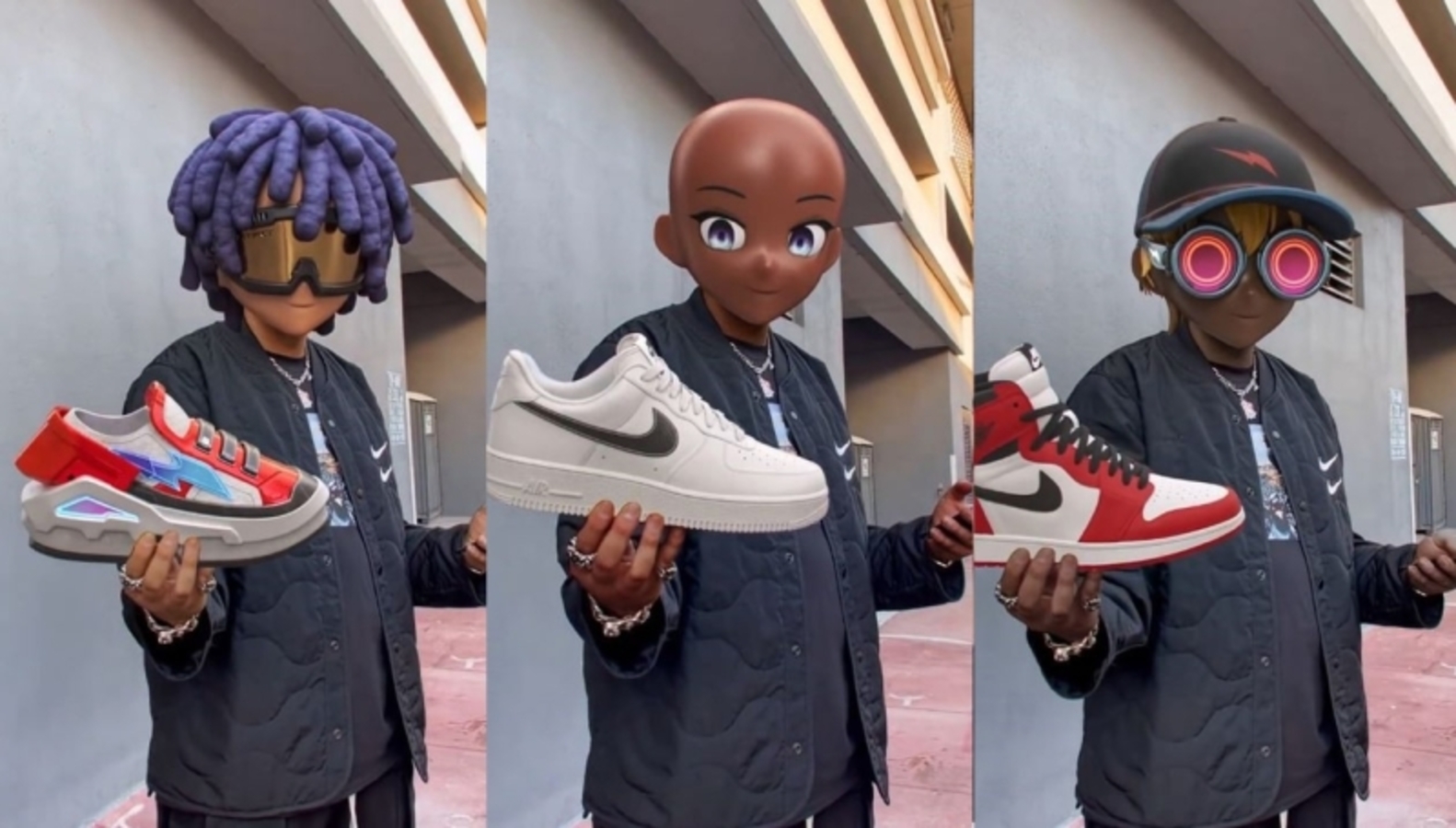
Marketers have found challenging both the early days of the internet (Web1.0), although interactions with consumers were not spectacularly different than in the non-digital world since messages were fed to consumers via web pages, similar to printed ads.
This relationship was changed in Web2.0 – characterized by social media and user-generated content – in which brands were ‘forced’ to converse with consumers so although many were quick to adapt, others struggled with not having full control over their messages anymore
In the latest shift in the consumer-brand relationship, Web3.0 describes a deeply immersive and participatory internet which, as it takes shape pertaining to the Metaverse, pushes brands “to evolve from being conversational to creating virtual experiences in environments not entirely under their control”. “Decentralized” is often the most prevalent characteristic out of many used to describe web3.0.
Considering there has been an iteration in marketing for each new version of the web, it’s only expected for Web3.0 to portend Metaverse marketing, or Marketing 3.0, where brands and agencies move to immersive, virtual interaction with consumers, way beyond dialogue.
The most successful brands in the process will be those that capitalize on the opportunities in front of them to formulate strategies, practices, and measurements, not those attempting to wrangle an amorphous set of ideas.
Clear Concepts
Companies may find themselves in the position of not being able to develop a presence in Metaverse because simply no one is interested since there are a lot of misconceptions about the metaverse they need to clear up.
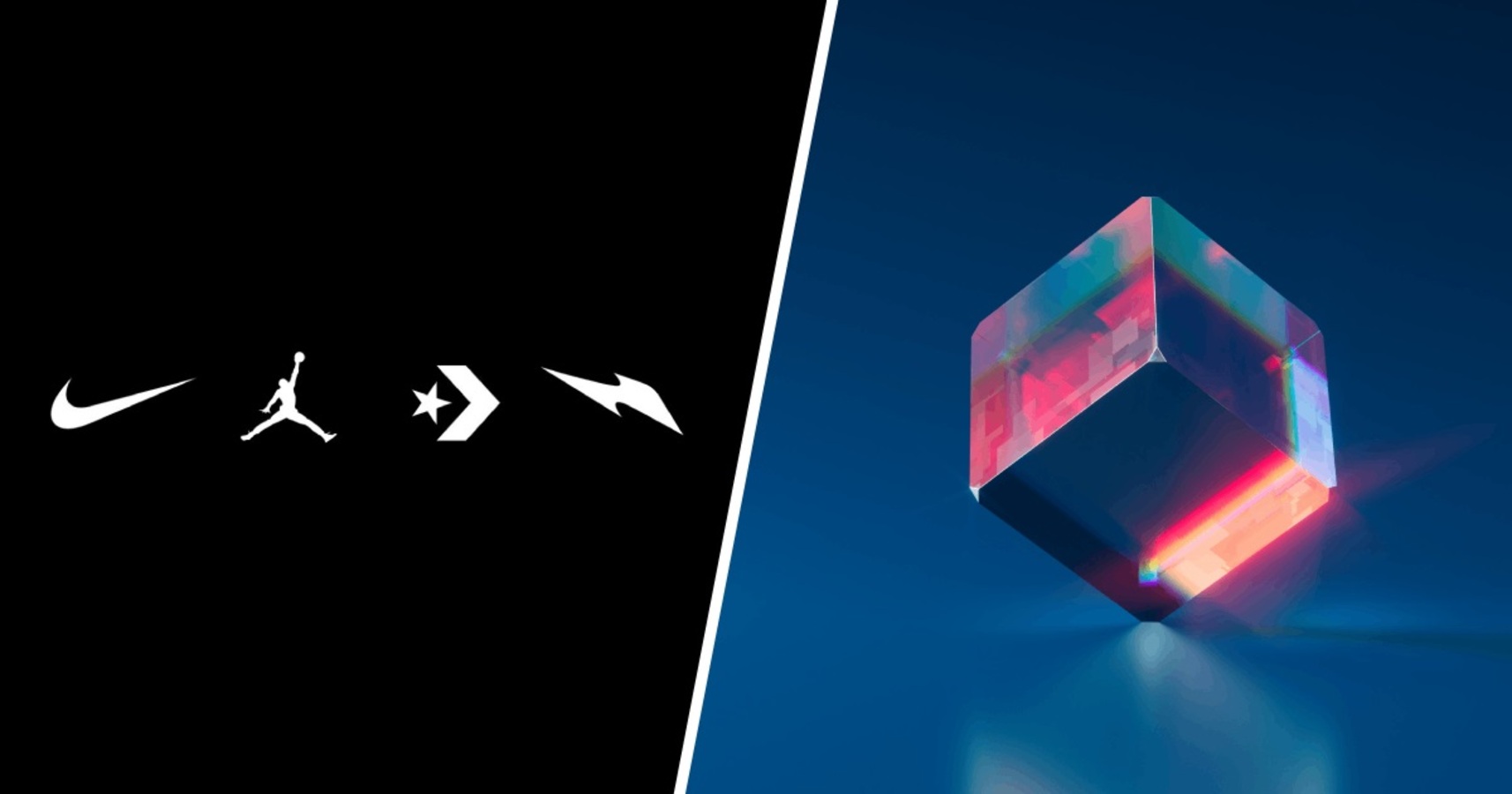
One thing that is being ignored by marketers is the fact that gaming is an important opportunity for them to prepare for the Metaverse since they already offer innumerable opportunities to test and create Metaverse marketing experiences in virtual, immersive, and participatory spaces. So that aspect will work in favor of forward-thinking brands and agencies.
Unfortunately, while striving not to get caught unprepared for the possibilities of the Metaverse, digital marketeers have leap-frogged gaming, which is a mistake since they should not miss any opportunity to learn about virtual worlds. The advertising world may have long turned a blind eye towards gaming, but a simple fact reminds us that the networked virtual worlds have been the domain of gaming since the late-70s.
In saying that, marketers must also be aware that the foundational thing to marketing in virtual worlds will be the sophisticated understanding of how marketing can aid or break immersion in virtual environments. So they must build a solid groundwork for the relationship between a brand, its consumers, and the platform in virtual spaces- Metaverse marketing.
What Marketers Need to Know Before Entering the Metaverse
The Metaverse is a new reality not to be ignored and that’s a fact that marketers are waking up though it still remains to be seen how exactly brands will exist in this new frontier. It’s now up to marketers to explore the exciting new opportunities in this rapidly growing space and start creating their very own Metaverse strategy. But first, they need to learn a few things.
Though it’s safe to say that advertising as we know it won’t exist in the metaverse, it’s also a fact that digital advertising is still created and sold in much the same way it was in the earliest iterations of the internet. It’s very hard to define what advertising might look like in the metaverse and what role the ad agencies might have within Metaverse marketing.

Digital marketers need to understand the metaverse and its full potential, keeping in mind the value of millennials and Gen Z members – avid users of some forms of metaverse such as games and technologies like VR – as a target market and exploring how Metaverse marketing can be done.
One of the key advice experts give is to create parallel metaverse marketing experiences within real-life marketing that would tie in with real-world experiences or parallel to what a brand or a company already does in real life.
Coca-Cola gave a perfect example for such strategies, tying a real-world campaign with metaverse activity, offering for auction four unique Coca-Cola NFTs on International Friendship Day, July 30, to raise funds for the Special Olympics. The highly popular NFTs were offered through the OpenSea online marketplace.
However, there’s a huge risk that the shift to a user-centric web3 could truly disrupt that since, as Tom Hostler, head of brand experience at Publicis.Poke explains advertising might not be needed since, in fandom-based, community-based decentralized metaverse with shared spaces where everybody earns and creators are rewarded, everyone will get micropayments for their efforts.
NFTs, VR, AR, AI
As Hostler further explains, brands need to understand that metaverse is also a world where conventional business models can be ignored since it’s undoubtedly set to be the intersection of community, entertainment, gaming, and shopping. Metaverse is becoming a place where ‘consumers’ become ‘players’, a place where they can play games and hang out also buy land and stuff and earn digital items and collectibles.
In their capabilities to reach new generations of consumers, brands are just scratching the surface through the immersive experiences and bold digital ads since Metaverse marketing is poised for rapid growth and offers myriad of opportunities for marketers – from the creation of virtual worlds to augmented reality (AR), virtual reality (VR) to NFTs.
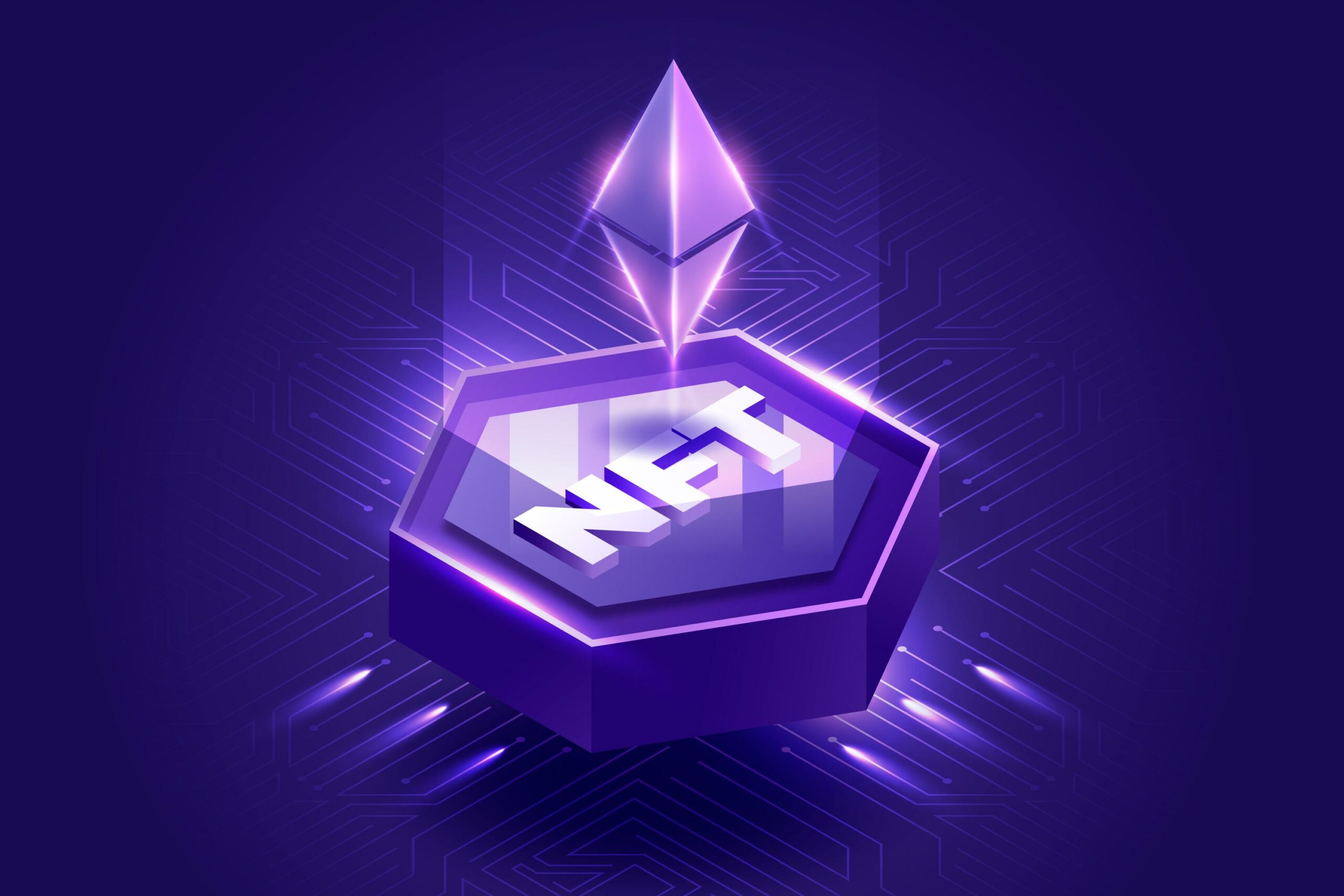
According to crypto investment firm Grayscale, the commercial potential of the metaverse is undoubtedly vast and it represents a $1tn annual revenue opportunity. Meta Reality Labs, for instance, has committed to spend at least $10bn a year on developing experiences that fuse AR and VR hardware with software and content.
Thanks to those technological advancements and the readiness of humanity to immerse into the digital world, the Metaverse is now ready for tremendous expansion, so the time is perfect for setting guidelines that will define how we operate there.
Timing is also perfect for brands to start envisaging how they would market their business to keep up with the ever-evolving digital landscape in the future given the fact that Metaverse marketing will give them an opportunity to find out what their consumers want and provide it before their competition does.
Crossing the Next Frontier: Conclusion
Though it might still feel like a novelty, the metaverse’s new world in which our virtual and physical realities converge, undoubtedly offers huge potential for all brands and retailers, providing they can figure out where to start.
We’ve seen that several prominent brands are already shaping the landscape while the biggest companies are working on technologies and devices that will give the metaverse a concrete form.
There are still challenges that need to be sorted out and overcome for users to trust the new virtual space and feel comfortable enough to interact in it, but once these issues are out of the way, they’ll see that humongous potential the Metaverse shows a lot of potential.
As the experts note, the lines between the physical and digital world continue to blur along with the evolution of these new technologies so it won’t come as a surprise if e-commerce as we know it might begin to exist almost entirely in the metaverse. That makes establishing the brand’s presence in the Metaverse right now possibly the best thing you can do for your business.
